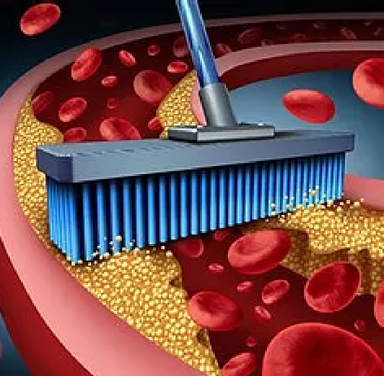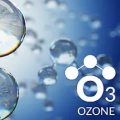
Chelation Therapy
Chelation is derived from the Latin word “chele” meaning claw of a crab. This refers to how the chelating agent – DMPS or EDTA – binds and excretes heavy metals found in tissues or arterial plaques. This therapy improves the delivery of oxygen to the tissue through better blood flow. Chelation of toxic metals can also benefit patients who suffer from neurological and degenerative conditions.
Detoxification
The body may be burdened by high levels of dangerous toxins that interfere with the proper functioning of its symptoms. Toxic substances damage the DNA and other cellular components on the molecular level. Toxins prevent vital nutrients from entering the cell by blocking the cell membrane receptor. This leads to a serious chemical imbalance in the body systems and may cause tissue and organ damage. High levels of toxins (particularly heavy metals) in the body may lead to many chronic diseases such as cardiovascular disease, alzheimer’s disease, stroke, diabetes, hypertension etc. The body naturally removes many toxins on its own, but when heavy metals accumulate in the body, it takes many years to eliminate.
Detoxification is the process of metabolizing and eliminating toxins from the body. Detoxification works on the cellular level and promotes the body to use its own natural healing system in fighting diseases. Detoxification rids the body of dangerous substance, restores vitality and improves overall health.
Any detoxification treatment should be conducted by an experienced physician who will first evaluate pre-existing medical condition and run a variety of tests to determine the toxic levels.
FAQ for Chelation
How Does Chelation Therapy Work?

Chelation works by removing toxins such as heavy metals like lead, mercury and unwanted calcium from most organs in the body. Newly discovered cause of 85% of major heart attacks is due to plaque in the blood vessels in half of the males over 40 years of age in United States. Unwanted calcium causes a build up of plaque, hardening of the arteries, thus causing potential heart problems. The calcium in the plaque is removed and put into water-soluble complexes (chelates) which can be readily excreted through the kidneys. Clinical observations reveal that the amount of calcium in bones is not affected by the removal of calcium in the arteries nor is it diminished by the use of EDTA chelation therapy.
Chelation therapy (using EDTA) has been a standard treatment for lead and heavy metal poisoning since World War II. In the 1940’s and 1950’s, patients taking EDTA chelation therapy for lead poisoning reported improved memory, vision, hearing and smell, and diminished leg and heart pain. Since then nearly 1,000,000 patients with cardiovascular disease have been treated successfully. Further, EDTA has been used as a food additive for over 30 years.
What are the EDTAs used in IV chelation?
Ethylenediaminetetraacetic acid (EDTA) is produced as several salts, notably disodium EDTA, calcium disodium EDTA, and tetrasodium EDTA (typically as the hydrate). A specific salt of EDTA, known as sodium calcium edetate, is used to bind metal ions in the practice of chelation therapy, such as for treating mercury and lead poisoning. It is used in a similar manner to remove excess iron from the body. This therapy is used to treat the complication of repeated blood transfusions, as would be applied to treat thalassaemia.
Are there any scientific publications and support for the use of IV EDTA chelation therapy?
What are the benefits of chelation therapy?
Improves circulatory disorders such as coronary artery disease (CAD), cerebrovascular disease, or peripheral vascular disease; detoxifies the body of heavy metals such as lead, cadmium, and mercury; and combats degenerative diseases and slows the aging process.
What is the treatment regimen for Chelation?



